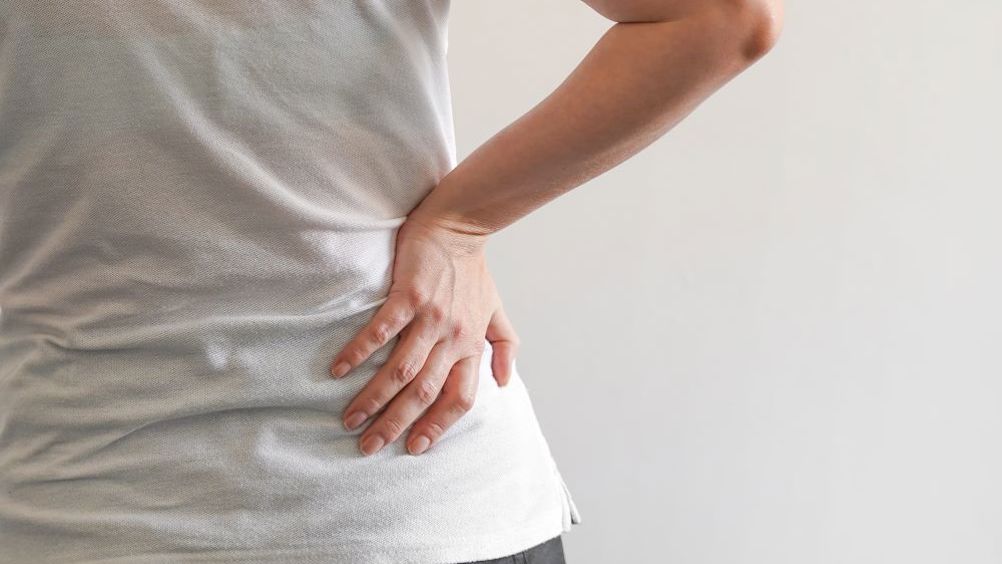References
Sciatica in primary care – a case discussion

Abstract
It is thought that more than half of adults will experience back pain in their life, and practice nurses will often be the first practitioners consulted. Cheryl Johnson and Gerri Mortimore explain what nurses need to know when they encounter this common complaint.
Back pain is a common problem encountered in practice. It is estimated that 60% of the adult population experience low back pain throughout their lifetime (Campbell and Colvin, 2013) that over 80% of the population will report low back pain throughout their lifetime (Walker, 2000) with between 13–40% developing sciatica (NICE, 2022). This article will discuss a case study who presented to a community trainee enhanced clinical practitioner (tECP) with symptoms of lumbar radiculopathy. and After clinical examination and further tests a diagnosis of acute sciatica was given. This article will explore how the history taking, clinical examination and special tests led to this diagnosis. Moreover, it will examine the underlying evidence underpinning the examination and tests undertaken.
It is estimated that 60% of the adult population will experience low pain throughout their lifetime (Campbell and Colvin, 2013). Low back pain is a global common health problem which poses a significant financial economic burden. Hill et al. (2011) reports 60% of patients presenting with low back pain also report leg pain, this includes sciatica symptoms. The current economic financial burden associated with low back pain is estimated £12 billion per year (NICE, 2016). This article will discuss a case study of a patient (Mrs A) (see appendix one) who presented with symptoms of lumbar radiculopathy, commonly labelled as sciatica (National Institute for Heath and Care Excellence, (NICE) 2022) and was reviewed by a community trainee enhanced clinical practitioner (tECP), previously referred to as community matrons. The patient has provided verbal consent to be utilized as a case study and has been assured their name and details will remain anonymous. The aetiology, epidemiology and pathophysiology of sciatica will be explored with the support of current based evidence. The process of formulating a diagnosis through concise history taking, performing a clinical examination and investigations including diagnostic tests will be discussed and critically evaluated leading to a conclusion (Balogh, Miller and Ball, 2015), a clinical management plan and considerations for future practice.
Register now to continue reading
Thank you for visiting Practice Nursing and reading some of our peer-reviewed resources for general practice nurses. To read more, please register today. You’ll enjoy the following great benefits:
What's included
-
Limited access to clinical or professional articles
-
New content and clinical newsletter updates each month

